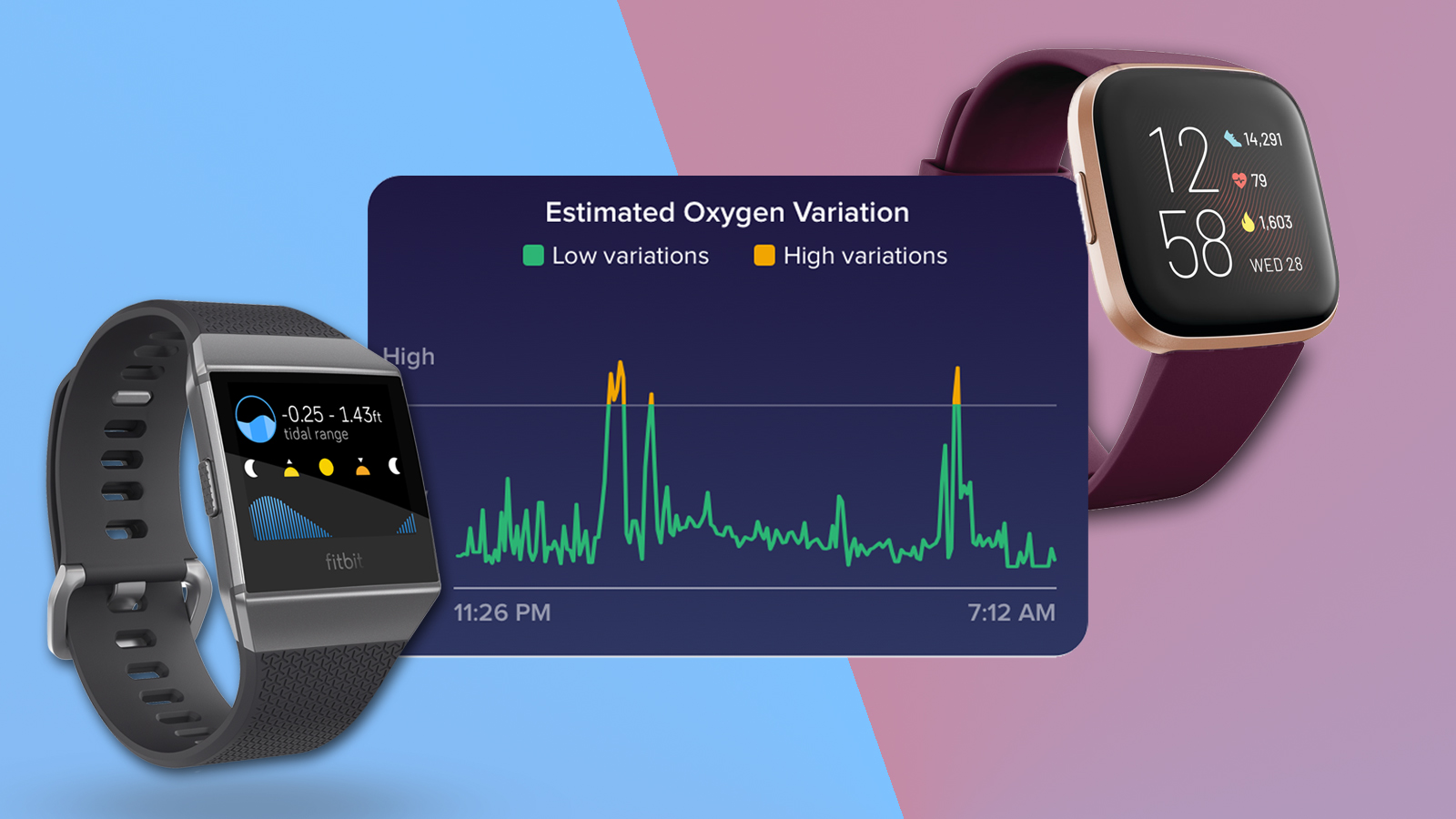Apple Watch be gone: Fitbit Versa now has an extra, potentially life-saving feature
You can now closely monitor SPO2 levels with a brand new watch face for Fitbit Versa and Fitbit Ionic


It's never been too complicated to check blood oxygen saturation – sometimes also called blood O2 saturation or just SpO2 levels – on the best Fitbits but it just became much easier thanks to a newly released watch face called "SpO2 Signature", available through the Fitbit App. Fitbit is seemingly after Apple Watch Series 5 users by constantly tweaking and updating its smartwatch range with new features, all the while keeping the price point relatively low.
The new watch face will be available for all the newly announced Fitbits such as the Fitbit Sense and the Fitbit Versa 3, but it was also made available all other devices capable of measuring blood oxygen levels, including the Fitbit Ionic, Fitbit Versa (still kicking), Fitbit Versa Lite and Fitbit Versa 2.
• Fitbit OS 5.1 update brings new features to both Versa 3 and Sense – free of charge!
Fitbit has really stepped up its game recently, possibly at least partially due to the recent (ongoing) Google acquisition: not only they announced two new smartwatches and a new fitness tracker, but the California-based company also made strides in making the Fitbit Premium subscription more accessible by offering more features for both old and new Fitbit users.
Also, a recent Fitbit study showed promising early results in detecting COVID-19 symptoms before you can feel them and made the Active Zone Minutes feature available for users of older Fitbit Versa and Charge models.
- Best Fitbit deals
- Best Fitbit Versa 2 deals and Versa deals
- Best Fitbit Charge 3 and Charge 4 deals
- Apple Watch SE is here

What is blood oxygen saturation and how does it work in Fitbits?
The sensors found on compatible Fitbit wearables utilise the red and infrared sensors on the back of the device to measure SpO2 levels. Blood oxygen saturation measures the percent of your blood that’s saturated with oxygen – pretty straightforward, right?
Typically, it’s at 95-100%, meaning the blood is carrying as much oxygen as it can. If you have lung issues (or stop breathing), the saturation level can fall since less oxygen enters the body. In general, variations should be low and if you are seeing frequent, big variations, that could be a sign that you may be experiencing breathing disturbances during sleep.
Get all the latest news, reviews, deals and buying guides on gorgeous tech, home and active products from the T3 experts
Through the Estimated Oxygen Variation graph, Fitbit tries to make this otherwise complicated information more understandable for the general public. The graph which users can see in the Fitbit app under the Sleep tile, approximates the changes in your blood oxygen saturation while you sleep.
T3 fitness wearable guides

Matt Kollat is a journalist and content creator who works for T3.com and its magazine counterpart as an Active Editor. His areas of expertise include wearables, drones, fitness equipment, nutrition and outdoor gear. He joined T3 in 2019. His byline appears in several publications, including Techradar and Fit&Well, and more. Matt also collaborated with other content creators (e.g. Garage Gym Reviews) and judged many awards, such as the European Specialist Sports Nutrition Alliance's ESSNawards. When he isn't working out, running or cycling, you'll find him roaming the countryside and trying out new podcasting and content creation equipment.